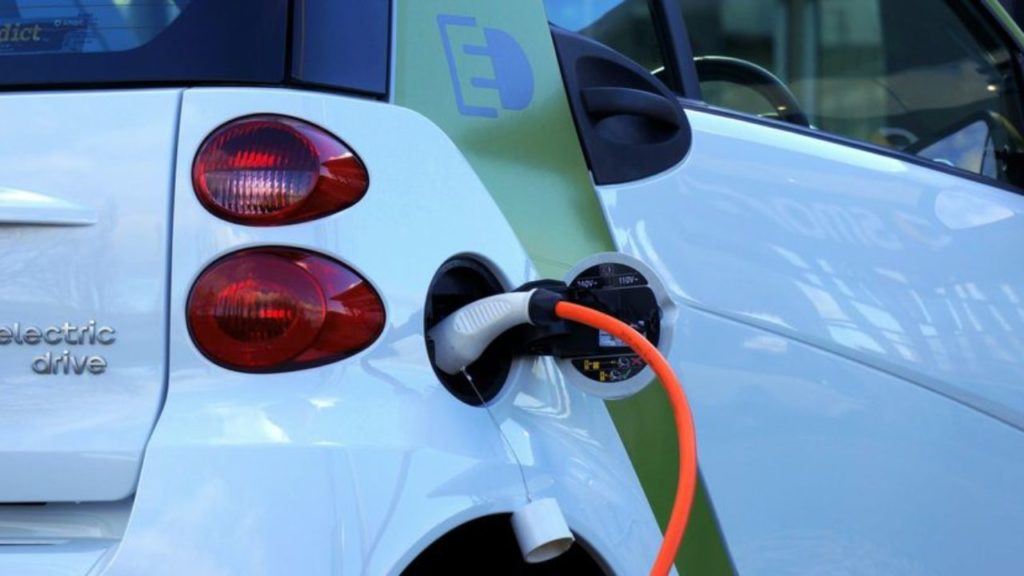Electric Mobility Push: Govt Wants A Charging Station Every 25 Kms On Indian Highways!

On Thursday, NITI Aayog released a handbook to guide the framing policies and norms which will be helping the state governments and local bodies in building a robust and accessible electric vehicle charging infrastructure.
Holistic Governance For Public and Private Stakeholders
Reportedly, the handbook has been jointly developed by NITI Aayog, Ministry of Power, Department of Science and Technology, Bureau of Energy Efficiency, and World Resources Institute India.
During this event, the CEO of NITI Aayog, Amitabh Kant, said, “The EV ecosystem in India is evolving rapidly and there are several players entering the charging infrastructure market. This handbook provides holistic governance for public and private stakeholders to work together in establishing robust and accessible EV charging networks.”
According to the Vice-Chairman, NITI Aayog, Dr Rajiv Kumar, this handbook addresses the common challenges being faced by different local authorities in implementing EV charging networks.
“It serves as a starting point for the peer-to-peer exchange of best practices between states and local bodies,” he added.
Basically, the handbook provides a systematic and holistic approach for adoptions by implementing authorities and other stakeholders involved in planning, authorization and execution of EV charging infrastructure.
Important Role Of Discoms
Apart from this, it also provides an overview of the technological and regulatory frameworks and governance structures needed to facilitate EV charging.
This handbook focuses on the present needs of charging infrastructure development while considering the evolving nature of the sector, as per the release.
Discoms will play a pivotal role in providing a seamless power supply for charging facilities.
It will also ensure that the electrical distribution network has the requisite capacity to serve the increasing demand.
Giving more information on the subject, the Secretary, Ministry of Power, Alok Kumar, said, “The Ministry of Power and its Central Nodal Agency for the establishment of Charging Infrastructure for EVs in India are working closely with DISCOMs and State agencies in overcoming barriers to charging infrastructure implementation, for which this handbook will be greatly helpful.”
Widespread Network of Charging
The good thing about electric vehicles is that they can be charged at any location, provided charging points are available.
That is why the planning of EV charging networks requires a distinct approach.
So it is crucial that local authorities have to set targets for the required scale of public charging infrastructure and ensure that it is covered in planning processes.
“The handbook highlights the critical role of planning authorities in integrating EV charging infrastructure into their transport and urban planning frameworks. It’s a timely resource to support local planning for charging networks, as more states and cities begin to consider the requirements for charging infrastructure implementation,” said Dr OP Agarwal, CEO, WRI India.
So, the creation of a robust, widespread network of charging points either public or private is crucial to support this transition.

Comments are closed, but trackbacks and pingbacks are open.